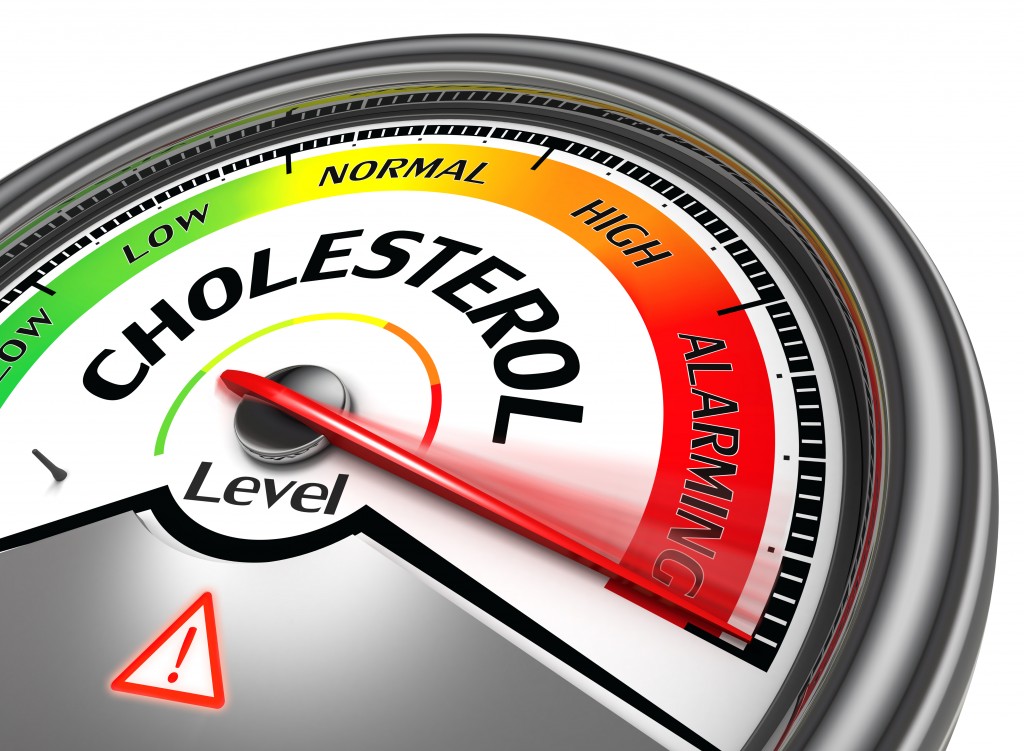Triglycerides. Cholesterol. HDL. LDL. VLDL. These terms are heard frequently these days, but the complexity of how they work and how they are related to your health can be confusing. Omega-3 fatty acids have a profound beneficial impact on this area of health and is a great way to lower cholesterol naturally. But to understand how it affects lipid levels, we have to understand what lipids are and how they work.
Table of Contents
What are lipids?
Lipids are fats and there are multiple types that help the body function properly. They play a significant role in some of the most common health issues, especially in regards to heart health. The two most common are:
Cholesterol – This is a type of lipid known as a sterol. It is important for building cell membranes, as well as keeping them functioning correctly.
Triglycerides – Triglycerides are the most common type of lipid in the body and they are transported through the bloodstream to be stored in fat cells and be used as energy later on. Calories that are not immediately used are often converted into triglycerides to be stored.
What are lipoproteins?
Lipids bind with proteins to create lipoproteins and get transported through the bloodstream.
High-Density Lipoprotein (HDL) – Considered the “good cholesterol”, HDL constructed mostly of a protein called apolipoprotein A1 with smaller amounts of cholesterol and triglycerides. Its job is to carry cholesterol back to the liver to be turned in to bile, or to the adrenal gland and reproductive organs to be used in the production of steroid hormones.
Low-Density Lipoprotein (LDL) – In contrast to HDL, LDL is considered the “bad cholesterol” due to its association with coronary heart disease. Of all the lipoproteins, it is constructed with the highest amount of cholesterol and with a lesser amount of triglycerides and a protein called apolipoprotein B. Its function is to carry cholesterol and triglycerides from the liver to the rest of the body. The reason this lipoprotein is considered dangerous is that it collects in the walls of arteries and contributes to atherosclerosis, which is the stiffening and narrowing of arteries due to fatty plaques ladened with calcium..
Very Low-Density Lipoprotein (VLDL) – This lipoprotein is very similar to LDL. It is formed with apolipoprotein B, as well as a few other protein types, and contains cholesterol but it has the highest amount of triglycerides. While in the bloodstream, VLDL gets converted to LDL and serves the same function.
How omega-3 works to lower cholesterol levels
Omega-3 helps regulate cholesterol and the levels of these lipoproteins in two different ways. The first is by lowering the level of triglycerides. In studies, it has been shown to significantly reduce triglyceride levels, with one analysis citing up to a 50% reduction. That same study noted that with omega-3 supplementation, the amount of VLDL created was also decreased. Since triglycerides are a huge component of VLDL, having lower triglyceride levels in the body means that a lesser amount of VLDL can be formed. This also has an impact on LDL levels because VLDL gets converted into LDL. Fewer triglycerides mean less VLDL, which means less LDL.

Having high levels of triglycerides can also lead to problems aside from heart disease. It’s associated with acute pancreatitis and xanthoma, which is a condition that creates large cholesterol-filled bumps on the skin. High triglyceride levels have also been linked to the enlargement of the liver and spleen. So, keeping triglyceride levels down is important and not only for heart health.
The second way omega-3 regulates lipoprotein levels is by affecting their formation. In 2006, a study on the American Journal of Cardiology found the omega-3 suppressed lipogenesis – the creation of lipoproteins. It does this by causing the degradation of apolipoproteins.
While that study was not entirely clear on which apolipoprotein was affected the most, another study from the American Heart Association in 1984 showed that omega-3 fish oil specifically reduced the amount of apolipoprotein B that was formed. Apolipoprotein B is the protein that binds with triglycerides and cholesterol to create LDL and VLDL, so if there isn’t a large amount of apolipoprotein B, large amounts of LDL and VLDL can not be created.
The combination of lowering triglyceride levels and the levels of apolipoproteins greatly reduces the amount of LDL and VLDL. There has been some evidence that omega-3 also increases the amount of HDL but the increase is relatively small and doesn’t create much of an impact. The strength of omega-3 instead lies with reducing LDL and VLDL so that the ratio of LDL and HDL stays within a healthy range.
Conclusion on omega-3 and lower cholesterol
Omega-3 is great for keeping the body’s lipid profile within healthy values. This makes the intake of a high-quality omega-3 supplement extremely beneficial for those battling high triglyceride and LDL levels and looking to lower cholesterol naturally.
💬 Something on your mind? Share your thoughts in the comments. We love hearing from curious minds.
📩 And while you’re here, join our newsletter for more smart stuff (and secret perks)!
References:
- Davidson, M. (n.d.). Mechanisms for the Hypotriglyceridemic Effect of Marine Omega-3 Fatty Acids. The American Journal of Cardiology, 27-33. http://www.sciencedirect.com/science/article/pii/S0002914905021879
- Digby, M., Belli, R., McGraw, T., & Lee, A. (2011). Eruptive Xanthomas as a Cutaneous Manifestation of Hypertriglyceridemia. The Journal of Clinical and Aesthetic Dermatology, 4(1), 44-46. http://www.ncbi.nlm.nih.gov/pmc/articles/PMC3030216/
- Franceschini, G., Calabresi, L., Maderna, P., Galli, C., Gianfranceschi, G., & Sirtori, C. (1991). ω-3 Fatty acids selectively raise high-density lipoprotein 2 levels in healthy volunteers. Metabolism, 40(12), 1283-1286. http://www.ncbi.nlm.nih.gov/pubmed/1961121
- Illingworth, D., Harris, W., & Connor, W. (1984). Inhibition of low density lipoprotein synthesis by dietary omega-3 fatty acids in humans. Arteriosclerosis, Thrombosis, and Vascular Biology, 4, 270-275. http://atvb.ahajournals.org/content/4/3/270.short
- Lorente-Cebrián, S., Costa, A., Navas-Carretero, S., Zabala, M., Martínez, J., & Moreno-Aliaga, M. (2013). Role of omega-3 fatty acids in obesity, metabolic syndrome, and cardiovascular diseases: A review of the evidence. Journal of Physiology and Biochemistry J Physiol Biochem, 69(3), 633-651. http://link.springer.com/article/10.1007/s13105-013-0265-4
- Nozaki, S., Garg, A., Vega, G., & Grundy, S. (1991). Postheparin lipolytic activity and plasma lipoprotein response to omega-3 polyunsaturated fatty acids in patients with primary hypertriglyceridemia. The American Journal of Clinical Nutrition, 53(3), 638-642. http://ajcn.nutrition.org/content/53/3/638.short
- Skulas-Ray, A., Alaupovic, P., Kris-Etherton, P., & West, S. (n.d.). Dose-response effects of marine omega-3 fatty acids on apolipoproteins, apolipoprotein-defined lipoprotein subclasses, and Lp-PLA2 in individuals with moderate hypertriglyceridemia. Journal of Clinical Lipidology, 360-367. http://www.sciencedirect.com/science/article/pii/S1933287414004127
- Thirteen of Clubs (Photographer). (2011 January 11). P1100767 [digital image].
- Tsuang, W., Navaneethan, U., Ruiz, L., Palascak, J., & Gelrud, A. (2009). Hypertriglyceridemic Pancreatitis: Presentation and Management. Am J Gastroenterol The American Journal of Gastroenterology, 104, 984-991. http://www.nature.com/ajg/journal/v104/n4/full/ajg200927a.html
- Wooten, J., Biggerstaff, K., & Ben-Ezra, V. (2009). Responses of LDL and HDL particle size and distribution to omega-3 fatty acid supplementation and aerobic exercise. Journal of Applied Physiology, 107(3), 794-800. http://jap.physiology.org/content/107/3/794





